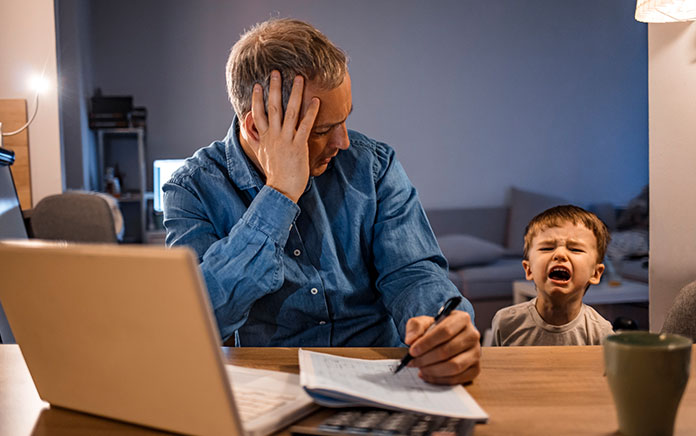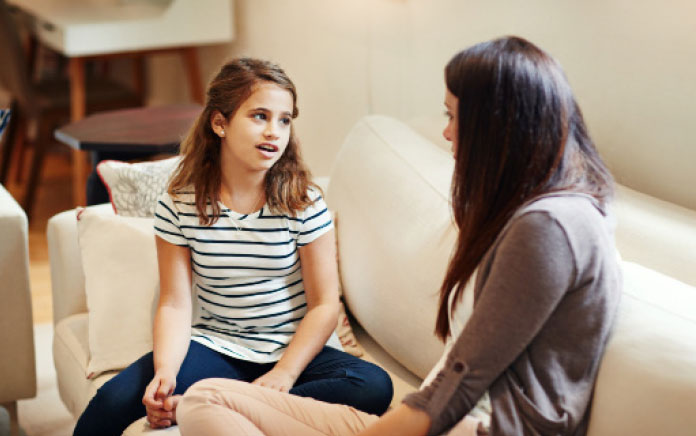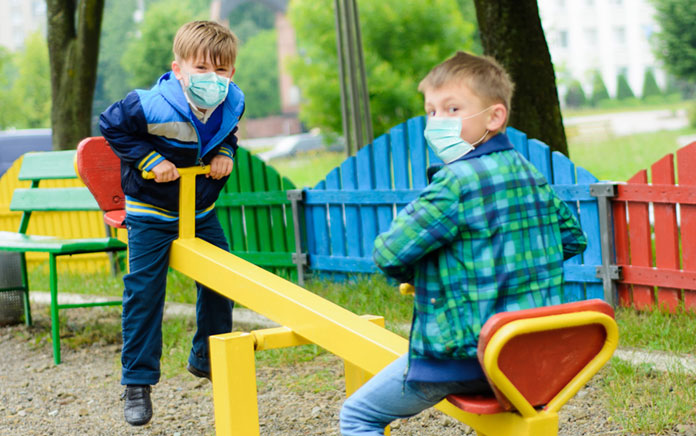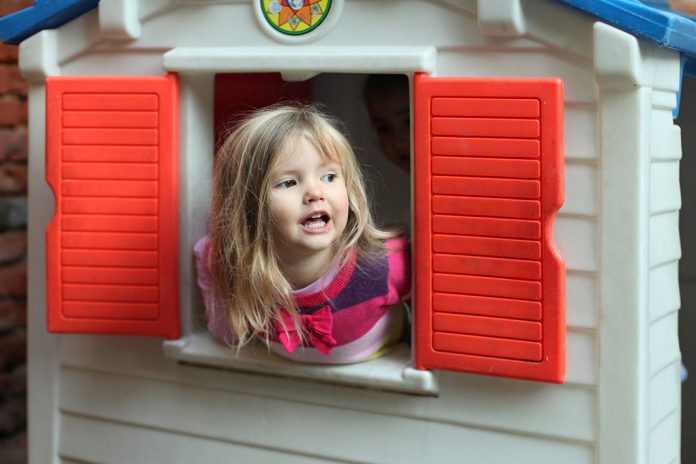Ouiam El Hassani tells us how to help kids readjust to going outside again.
Since March 2020, parents have taken all recommended precautions to shield their children and themselves from the dangers of COVID-19. They followed instructions; they stayed home, avoided gatherings, and stayed away from family, friends, and group activities. Most kids remained in virtual schooling throughout the pandemic, which marks two academic years.
Almost a year and a half later, as things begin to open up a little bit, most parents seem to increasingly hear the signature phrase: “I don’t want to go out.” Not to gymnastics class, not to the grocery store, not to their favorite restaurant, and even not to see grandma! Most parents find themselves perplexed and have no clue how to manage this new trend.
Researchers who work directly with children and families suffering from anxiety, have declared this state of apprehension the kids have of leaving the safety of their home as understandable and, unfortunately, it will be the path to normal post-pandemic life. The pandemic led to abrupt and extended changes to families’ routines, including more isolation and removal from in-person schooling, that are associated with worsening mental health in young people, leading to a significant increase in reported youth anxiety, particularly concerning fears of the coronavirus, along with greater frustration, boredom, insomnia, and inattention.
Unfortunately, kids aren’t the only ones affected emotionally by the pandemic; parents are experiencing burnout from trying to juggle work from home, school from home; add to that the fear from the virus itself and the anxiety that had crept into our lives and homes, leaving parents in a state of physical and mental exhaustion which makes parenting even harder, and makes parents unaware or even in denial of their children’s own emotional issues, which will undoubtedly make matters worse.
 So, what can parents do to care for both: themselves and their children as we gradually transition back to interacting in public?
So, what can parents do to care for both: themselves and their children as we gradually transition back to interacting in public?
Having concerns about leaving isolation and integrating back to pre-corona life is entirely reasonable; parents should learn to listen to their children’s worries, validate them, and express understanding and acceptance. However, parents should pay attention to how intense these worries seem to be. Is your child getting caught up in excessive hand-washing and cleaning? Adamant about avoiding even public spaces that you deem safe? Parents can discuss the differences between appropriate and excessive safety precautions objectively without pointing fingers or blaming the child.
 Remind your child that while it’s important to be safe, it is also essential to adapt your safety strategies to new information and situations. Drawing distinctions between what you and your children can and cannot control when it comes to getting sick, limiting excessive reassurance about safety, and having a plan to manage challenging situations as they occur can help your child feel ready to meet the world.
Remind your child that while it’s important to be safe, it is also essential to adapt your safety strategies to new information and situations. Drawing distinctions between what you and your children can and cannot control when it comes to getting sick, limiting excessive reassurance about safety, and having a plan to manage challenging situations as they occur can help your child feel ready to meet the world.
It is important to understand that different people will adjust to engaging with others at different speeds; expressing empathy simply and clearly will help the child feel safe sharing his feelings with his parents, making it easier to address them.
 Some kids will need to be trained into taking smaller, more manageable steps towards regular interaction, such as a small playdate at the park with their favorite friend or a trip to get ice cream. Parents can also set small achievable goals and share them with the kids so they can be an active part of the challenge; this could motivate them and help them transition easily and smoothly.
Some kids will need to be trained into taking smaller, more manageable steps towards regular interaction, such as a small playdate at the park with their favorite friend or a trip to get ice cream. Parents can also set small achievable goals and share them with the kids so they can be an active part of the challenge; this could motivate them and help them transition easily and smoothly.


































